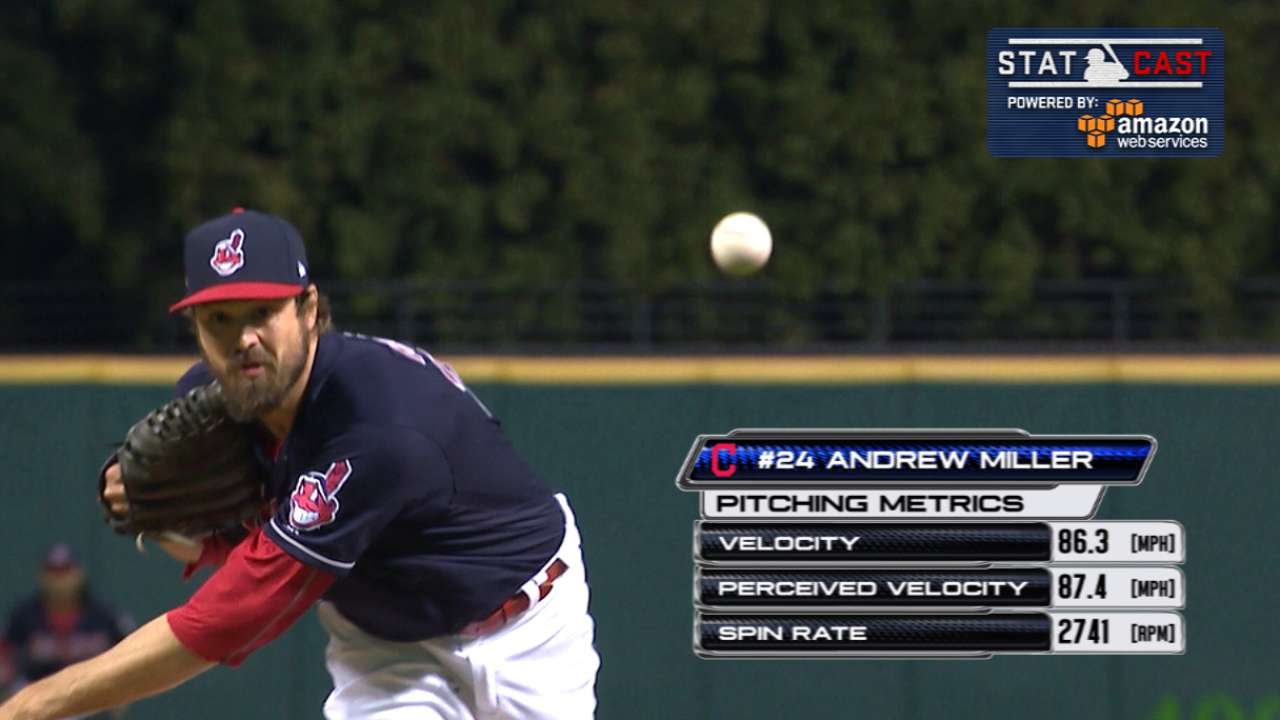Spin Rate Part 1 : What is it? How does it affect fastballs?
We have all seen it before, two pitchers that throw with the same velocity and get completely different results. One seems to be able to throw everything down the middle and never get touched, while the other seems like everything is hit hard even when they get outs. Major League Baseball has been recording 27 different metics about pitchers and their pitches thanks to the TrackMan technology that allows them to measure these metrics for every pitch of every game.
Spin rate has become a major topic of conversation around major league teams. Some organizations are keeping pitchers around solely because of their spin rate and, as usual, some are ignoring it. Spin rate is the measure of how fast a ball is spinning from release to the plate, measured in revolutions per minute. Spin rate plays a major role in how much or little a ball drops on it’s way to the plate. While there is not an “ideal” spin rate, there is an average and this average plays a large roll in the type of contact a pitcher usually gets.
The “flat” fastball that people like to talk about isn’t that it comes in as straight as an arrow it is simply the average of the fastballs they have seen before. The MLB “average” fastball is 92.87 mph at 2,262.48 rpm. The most effective fastballs are simply not average. In order to have a highly effective fastball a pitcher needs to be about 200 above or below the average. If a pitcher threw a 92.87 mph fastball with a spin rate of 2400 rpm or greater, it would cross the plate be higher than the average fastball. This “rising” fastball, drops less than a hitter anticipates and generally results in more swings and misses as well as fly balls. The opposite is true for a 92.87 mph that with a spin rate 2000 rpm or lower, it drops faster than normal causing hitters to hit it on the ground more often. However, in general, it’s easier to make contact with.
Pitchers at the highest level are beginning to adapt their entire game plan around their fastball spin rate. Pitch selection and location are changing, high spin pitchers are throwing fastballs up in the zone more frequently which effects how they use their breaking ball. Some pitchers like Gerrit Cole are using 4 seams more often than two seams and some are doing the opposite. While there are no hard truths when it comes to how to get hitters out, knowing how the baseball actually moves is having a big effect on the game.
While amatuer baseball is not as big into analytics as the professionals for many reasons including the inability to track everything, knowing a pitchers spin rate can still be beneficial. The age old adage of get the fastball down to have success or favoring ground outs over fly outs is quickly becoming outdated. It really just confirms what the eye sees. There have always been pitchers that would regularly pump fastballs at the letters and not get hit. Much like velocity, you can tell when a guy throws hard, you can see when a ball has life. Now it can be identified earlier and pitchers can develop a plan. Also, it may help speed up the time it takes a pitcher to develop control of their arsenal. If your best fastball is at the letters, practicing throwing it at the knees is not an effective way to spend your developmental time. It could also make it easier to use offspeed effectively since it would now be easier to set up.
In the brief time that we have been able to measure spin rate in Bardo’s using the Rapsodo we have been able to help people create their plan. While a nine year old who is constantly changing does not need to worry about their spin rate. A rising freshman that may be ahead developmentally can really benefit from knowing that they currently don’t have numbers that say a sinker would be effective. There are many other factors that affect how baseballs move and there will be more on that soon.


